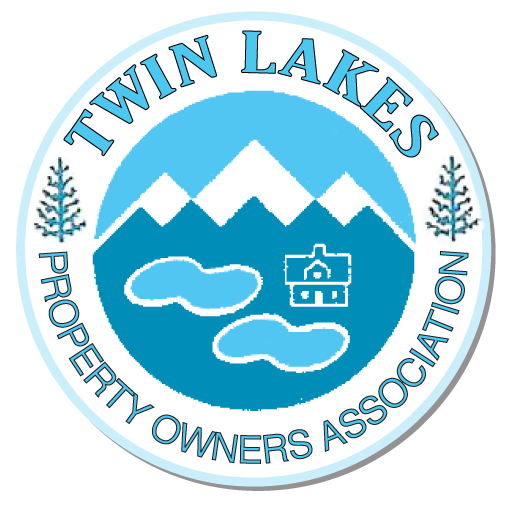04
Jul
2012
Fire Safety Tips
Fire Prevention Tips:
Reduce your risk of Wildfire!
Reverse 911
Twin Lakes Evacuation Plan
- Define your defensible space. Defensible space is a buffer zone, a minimum 30 foot non-combustible area around your house that reduces the intensity and risk of a wildfire from starting or spreading to your home. Formed by following the critical steps outlined below, defensible space depends on clearing flammable materials away from your home. Although a 30 foot distance is standard, additional clearance as great as 100 feet may be necessary as the slope of your lot increases. Defensible space not only helps protect your home in the critical minutes it takes a fire to pass, it also gives firefighters an area in which to work. During a large-scale fire, when many homes are at risk, firefighters must focus on homes they can safely defend.
- Reduce flammable vegetation, trees and brush around your home. When needed, replace flammable landscaping with their fire-resistive counterparts. Choose plants with loose branching habits, non-resinous woody material, high moisture content in leaves, and little seasonal accumulation of dead vegetation. Ask your local home and garden center about which varieties possess these and other fire-resistive traits.
- Remove or prune trees. If you live in a wooded area, reduce the density of surrounding forest by removing or thinning overcrowded or weakened trees. Check with local agencies for guidelines on tree removal before clearing or thinning your property. Be sure to prune low-hanging branches to keep a ground fire from climbing into upper branches. Limbing up these “ladder fuels” cuts the chances of ground fires climbing into tree canopies and becoming unpredictable flame-throwers.
- Cut grass and weeds regularly. Fire spreads rapidly in dry grass and weeds. Mow grasses and other low vegetation and keep them well-watered, especially during periods of high fire danger.
- Relocate wood piles and leftover building materials. Stack all wood, building debris and other burnable materials at least 30 feet away from your home and other buildings. Then clear away flammable vegetation within 10 feet of wood/debris piles as an additional safeguard against the spread of wildfire.
- Keep it clean. (your roof and yard, we mean!) It is especially important to keep your roof clean. Clear pine needles, leaves and debris from your roof, gutters and yard to eliminate an ignition source for tinder-dry vegetation. Remove dead limbs and branches within ten feet of your chimney and deck. Tidying-up is especially important during the hot, arid months of fire season when a single spark can lead to an inferno.
- Signs, addresses and access. Easy-to read road signs and address numbers that are visible from the road allow firefighters to find your home quickly during a wildfire or other emergency. Safe, easy access to your property includes two-way roads that can accommodate emergency vehicles and give them space to turn around. Driveways should also be trimmed of peripheral vegetation to allow emergency equipment to reach your house.
Reverse 911
Twin Lakes Evacuation Plan
[top]

